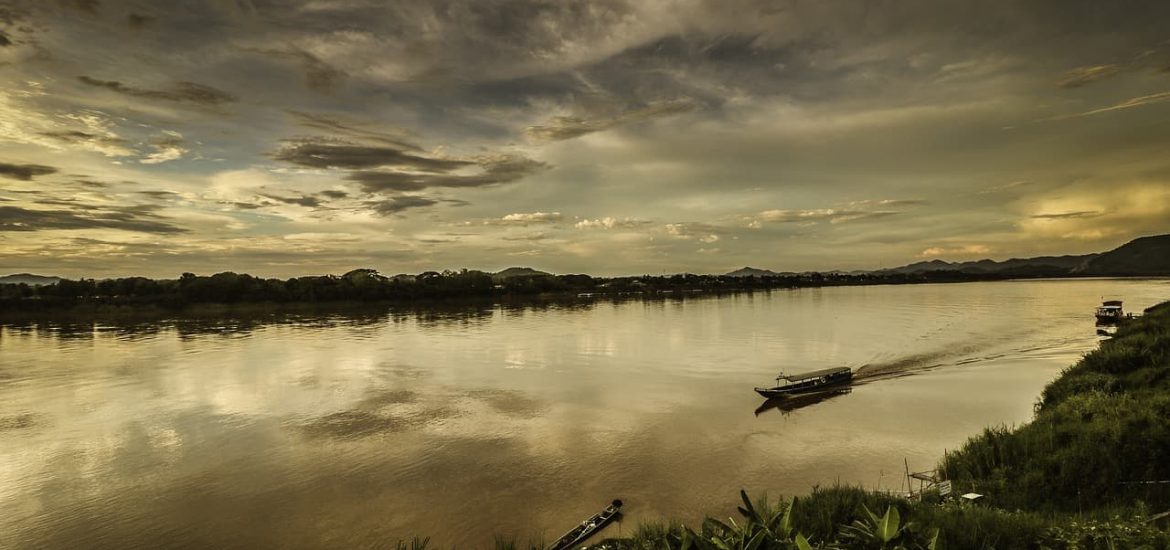The region’s biodiversity richness is a result of its complex geological and climatic history, and its diverse landscapes.

The Mekong keeps on yielding species new to science
Photo: Pixabay/thatsilverlining
The Mekong in Southeast Asia is one of the world’s mightiest rivers and scientists are still learning about its stunning biodiversity. In fact, hardly a week seems to go by without new discoveries along the river.
In a series of finds, according to a report by the World Wide Fund for Nature, a total of 224 species new to science have recently been identified in the region of the Mekong.
The latest finds along the Mekong, which originates in the Himalayas and empties into the South China Sea in Vietnam after a journey of nearly 4,500km, includes a newly discovered langur monkey in Myanmar, which lives on the foothills of an extinct volcano and boasts white circles around its eyes, making it look like it wears spectacles.
Among the other discoveries are a yellowish brown slug snake in the so-called Golden Triangle with unique scale patterns and a special bamboo in Laos (the first known case of succulence in bamboos), whose stem can inflate and deflate based on how much water is available to it.
In all, 155 plants, 16 fish, 17 amphibians, 35 reptiles and one mammal have been identified as species new to science in Thailand, Cambodia, Laos, Myanmar and Vietnam by hundreds of scientists from across the globe.
“The Greater Mekong region is one of planet Earth’s most important biodiversity hotspots, highlighted by the endless number of new species discovered there every year,” WWF explains in its report.
“The region’s biodiversity richness is a result of its complex geological and climatic history, and its diverse landscapes, including extensive karstic regions. Only by using different methods, including comparing physical characteristics and performing molecular analyses, can researchers determine the true dimensions of this partly hidden biodiversity,” the conservationist group adds.
Not surprisingly, scientists have been delighed by these new discoveries. “It is always a good thing to discover new living creatures,” said Punya Kaesawat, a scientist at Burapha University in Thailand.
“Every animal promotes ecosystem diversity and a wealth of knowledge to the academic world, especially to scientists and biologists,” Punya noted, adding that similar discoveries are likely to follow along the Mekong.
Less encouragingly, the Mekong is undergoing a radical transformation as a result of massive dams that have been constructed upstream in China and Laos with even more in the works.
The cascades of hydroelectric dams has severely affected the river’s natural flow, causing it to drop to record lows during the dry season. During the rainy season, meanwhile, water relesed from overflowing resevoirs cause flash floods downstream.
Tens of millions of people alongside the river depend on it for their livelihoods and many fishermen and farmers have been facing increased challenges. The dams are also posing a threat to the river’s stunning biodiversity with scientists warning that many endangered species could soon go extinct.








